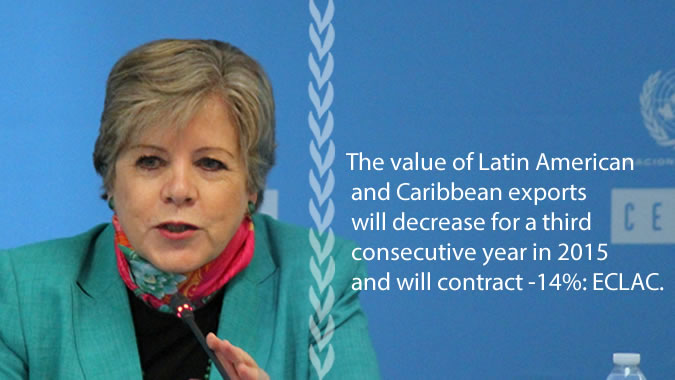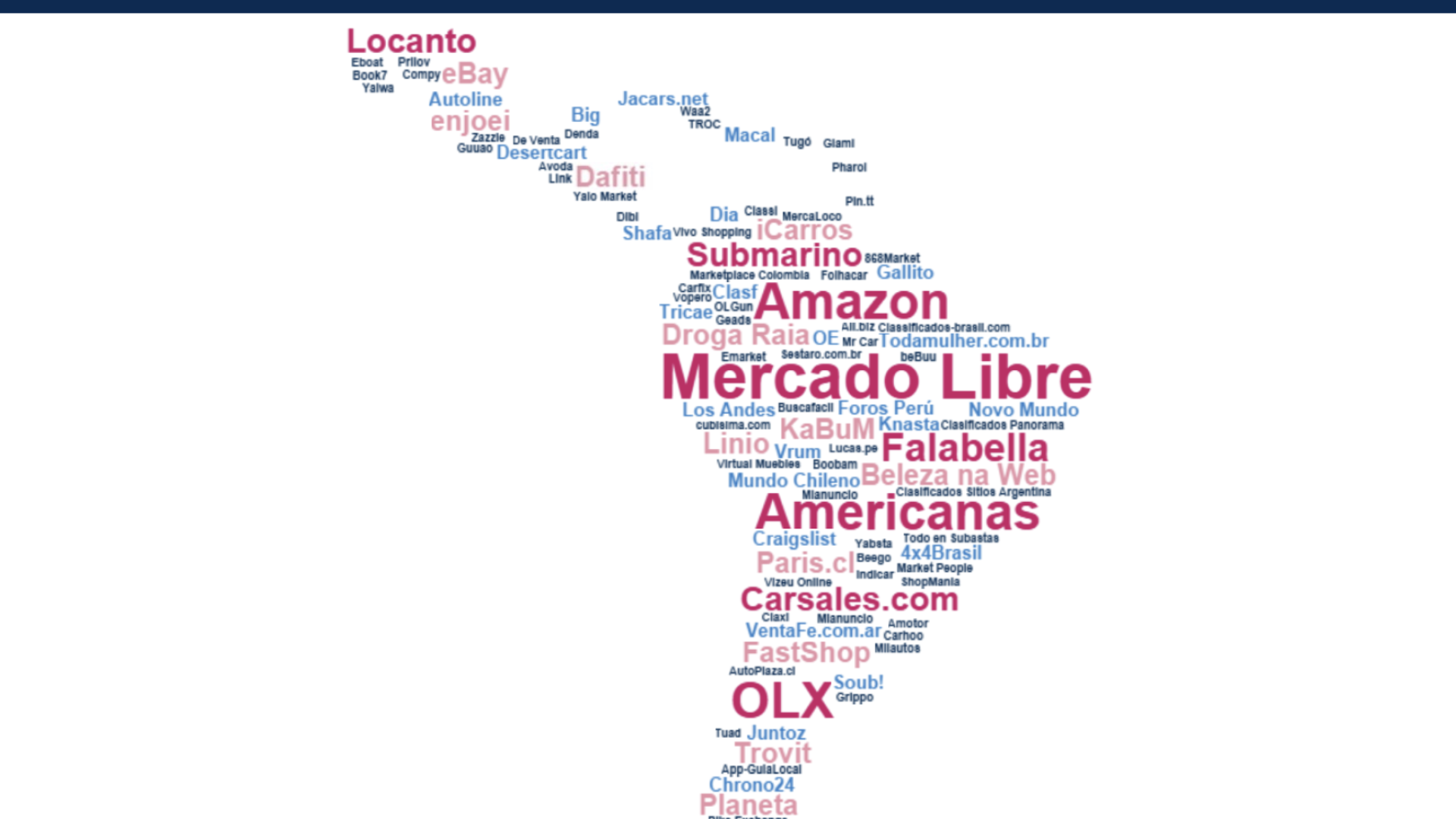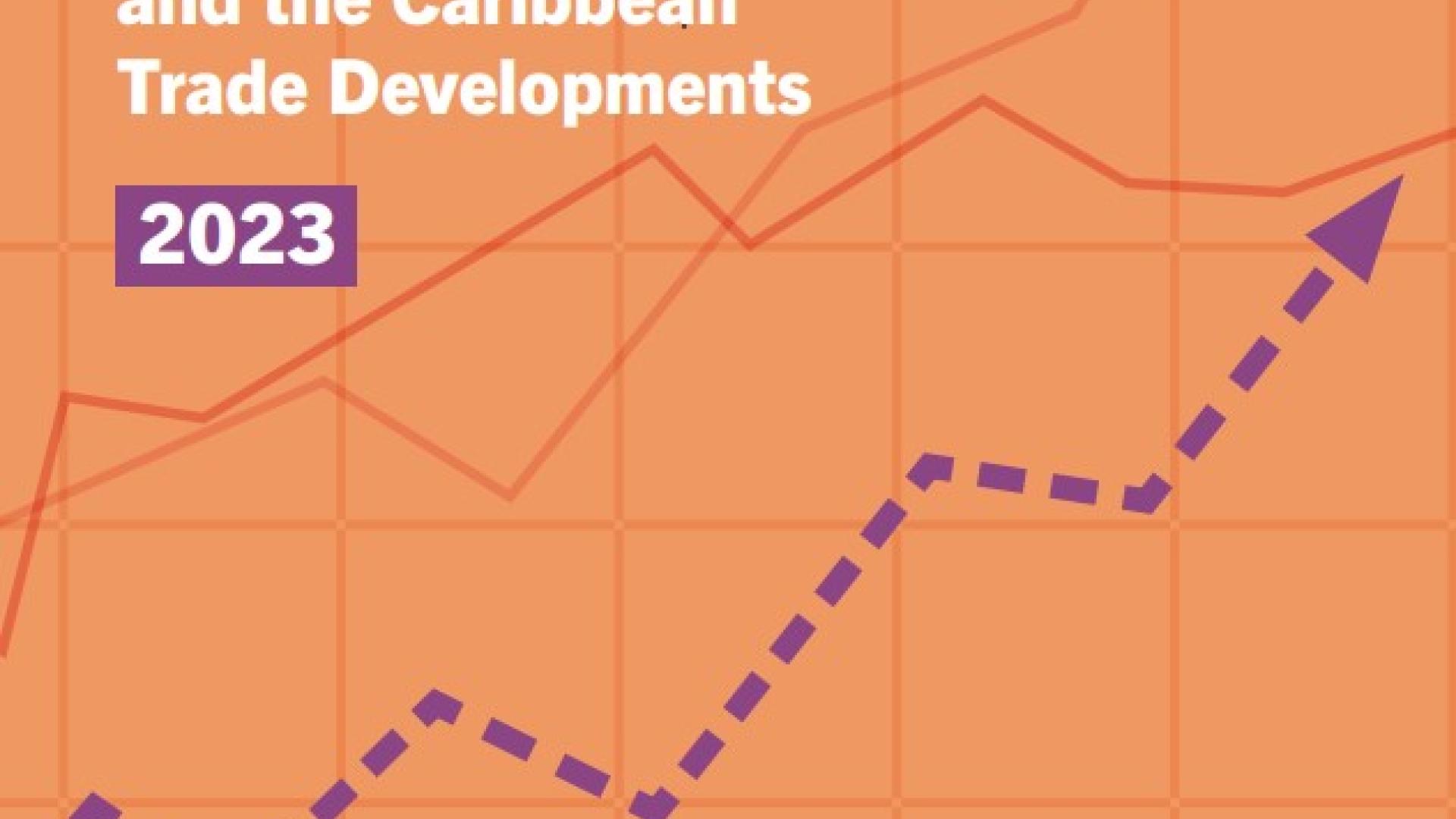Briefing note
The value of Latin American and Caribbean exports will decrease for a third consecutive year in 2015 and will contract -14%, according to new projections unveiled today by the Economic Commission for Latin America and the Caribbean, ECLAC, in Mexico City.
ECLAC presented its annual report Latin America and the Caribbean in the World Economy 2015. The regional trade crisis: assessment and outlook. The report sustains that the sharp drop in commodities prices and lower international demand for the products that the region exports have affected its overseas shipments. In 2014 and 2013, they declined -3.0% and -0.4%, respectively. This makes the triennium 2013-2015 the worst in terms of the region’s export performance in eight decades.
According to the United Nations organization, it is likely that regional exports will fall again in 2016, because the outlook for a rebound in prices over the next year is not auspicious.
The recessionary bias that characterizes the current global economic context prevents trade from recovering the dynamism it showed in the period prior to the 2008-2009 crisis, ECLAC states. There is a change in the economic cycle marked by excess liquidity, the fall of aggregate demand, less ability by emerging countries to absorb external impacts, China’s deceleration, growth of financial assets beyond the real economy, and a changed trend in capital flows towards the region, the organization said.
In this context, there is greater pressure for countries to take economic adjustment measures, while at the same time the region still has pending tasks on which little progress was made during the commodities price boom. These include a lack of investment in new technologies and infrastructure and the improvement of production processes.
“The region is at a crossroads: either it continues along the current path restricted by the global context, or it commits to a more active international insertion that favors industrial policy, diversification, trade facilitation and intraregional integration,” Alicia Bárcena, ECLAC’s Executive Secretary, stressed.
ECLAC’s report indicates that the fall in the value of exports and the worsening of the terms of trade will be more acute in countries and sub-regions that export oil and its derivatives and other commodities. Venezuela will have a contraction in its shipments of -41%, Bolivia -30%, Colombia -29%, Ecuador -25%, the Caribbean -22%, Peru -16%, Argentina and Chile -17%, Brazil -15%, Paraguay -14%, Uruguay -12%, and Mexico and Central America around -4%.
The less-severe declines in Mexico and Central America are explained mainly by their export pattern, in which demand from the United States—their primary destination market—has been more dynamic than that of other regions. Furthermore, Mexican and Central American exports have a high component of manufactured goods, which did not suffer such sharp price drops as commodities.
Intraregional exports (sent to countries in the same region) will contract -21%, which is greater than the fall expected for shipments to outside the region (-13%). The biggest drops occur in South America and the Caribbean due to their weaker economic dynamism and lower prices for their exports. In contrast, Central America will mark an increase in intraregional trade (2%), thanks to greater dynamism in economic activity and greater productive integration among its economies.
In terms of imports, ECLAC’s report depicts a similar situation since an average drop of -10% is expected in the value of shipments received by the region in 2015.
The Chinese economy’s deceleration since 2012 also explains the fall of Latin American and Caribbean exports, especially from the countries specialized in the primary products that the Asian giant imports.
In its report, ECLAC indicates that China’s “new normal”—which is moving towards an economy with more emphasis on consumption—represents an opportunity for Latin America and the Caribbean to diversify its shipments to that country. For example, the region could become a strategic partner for China in the agri-food sector, considering that the Asian country is forecast to double imports of these kinds of products by 2020.
ECLAC’s document also presents the results of a survey on the implementation of measures to facilitate trade in the region, carried out between November 2014 and July 2015. According to the poll, the average rate for putting such actions into effect in 19 of the region’s countries is 68%, a figure close to that of Asian nations such as the Philippines, India and Malaysia.
ECLAC proposes that the region put more emphasis on intraregional trade, on strengthening the implementation of trade facilitation (to lower the cost of trade among countries), and on coordinating and negotiating with the major international trade players as a bloc.



